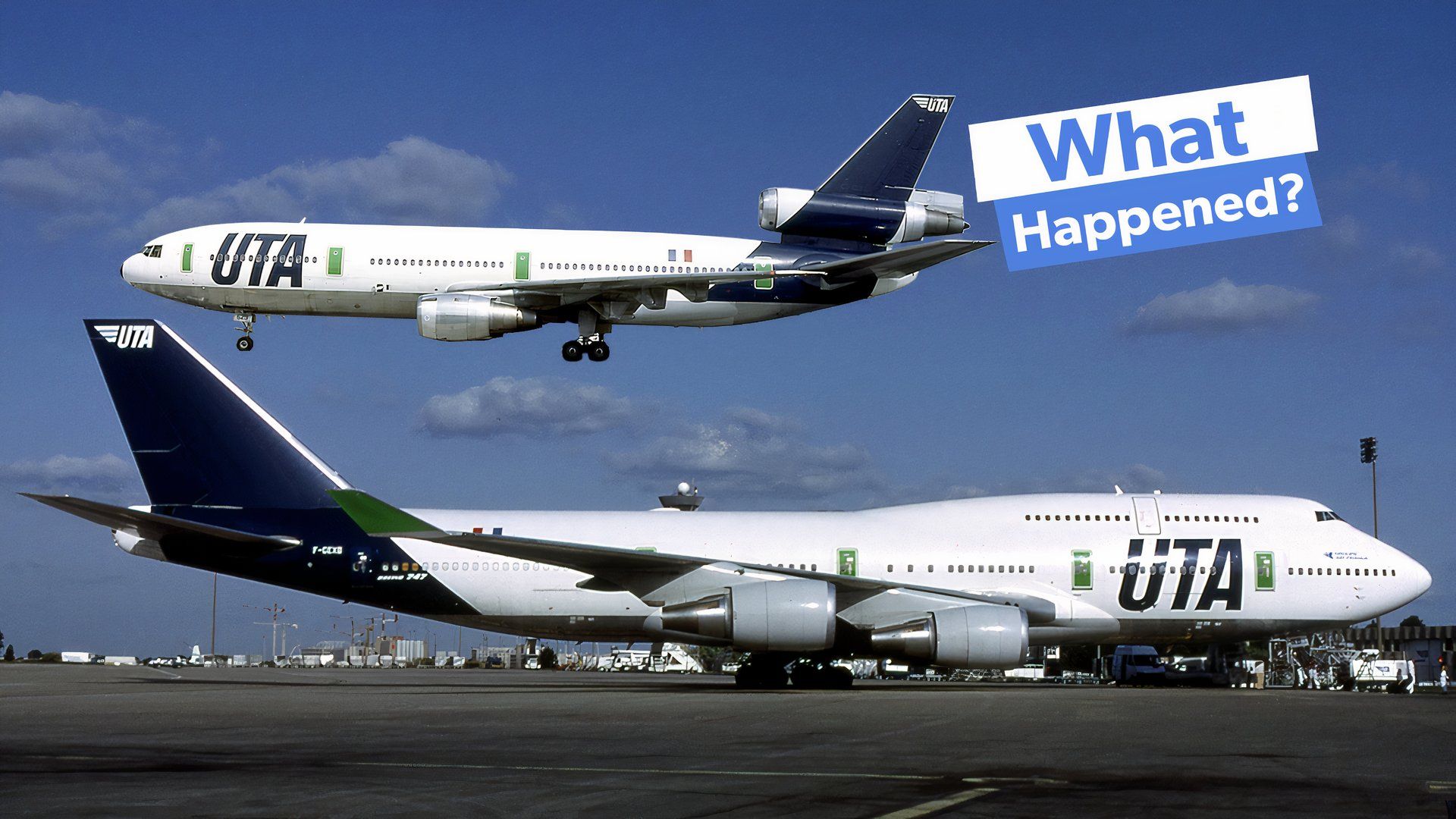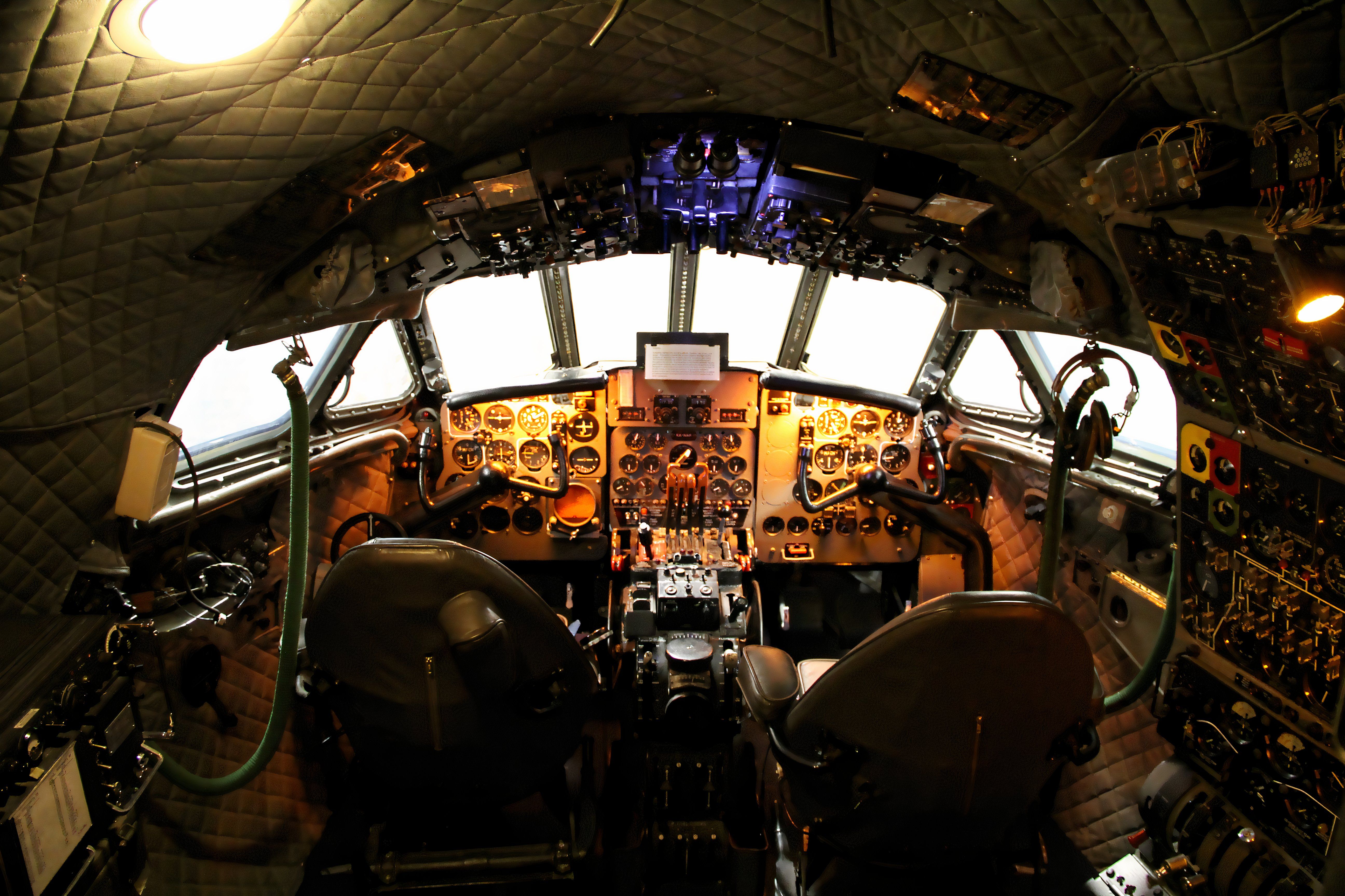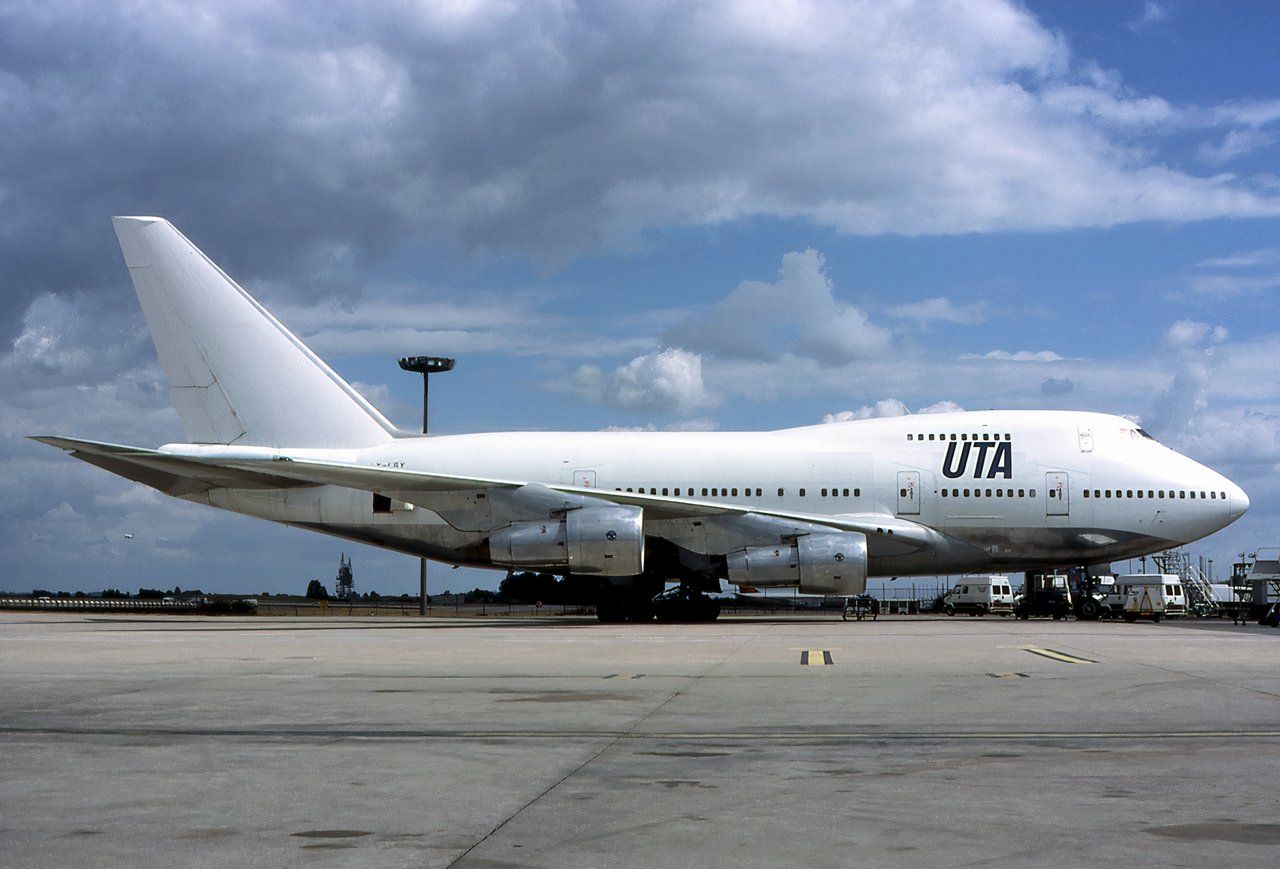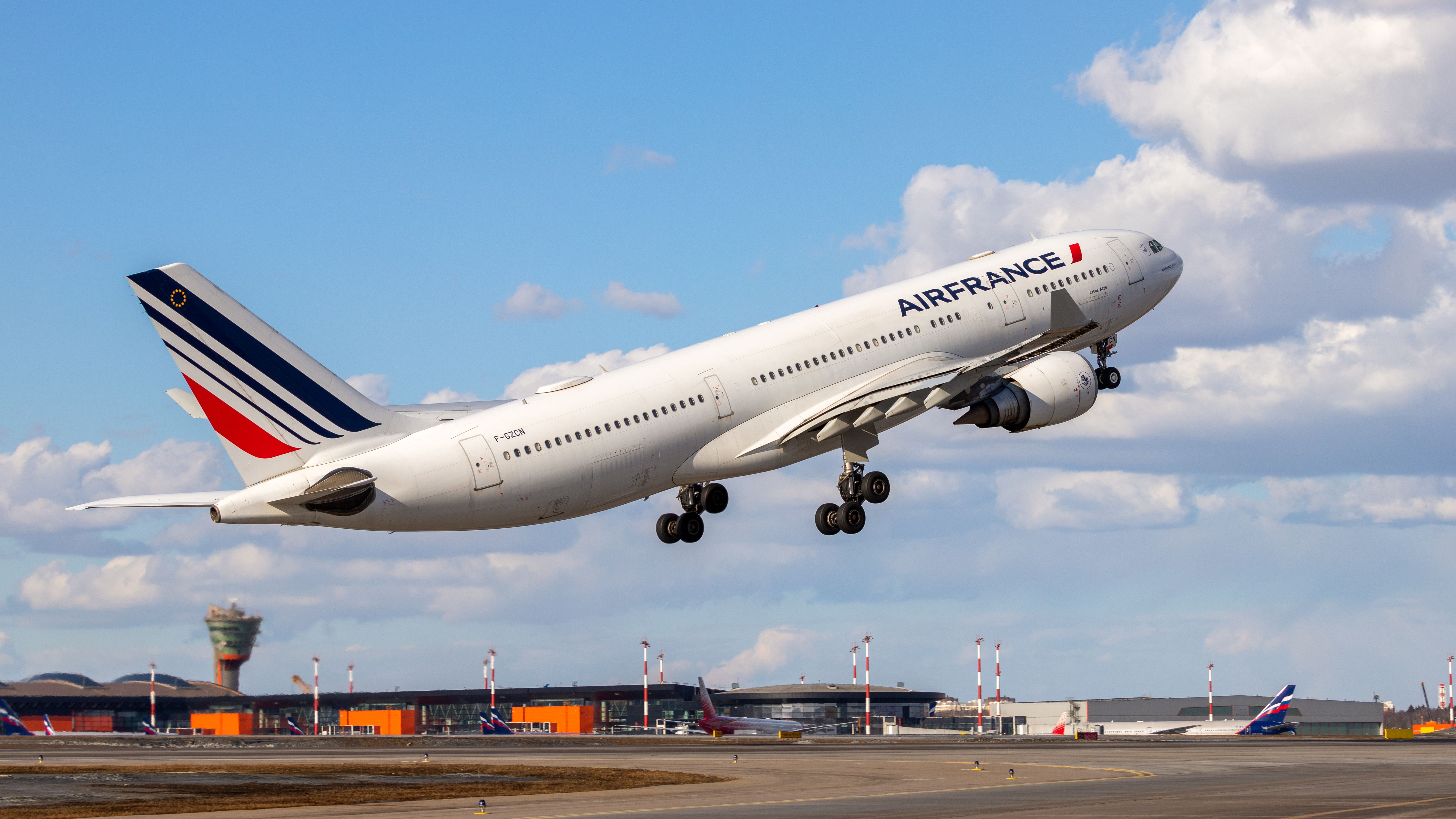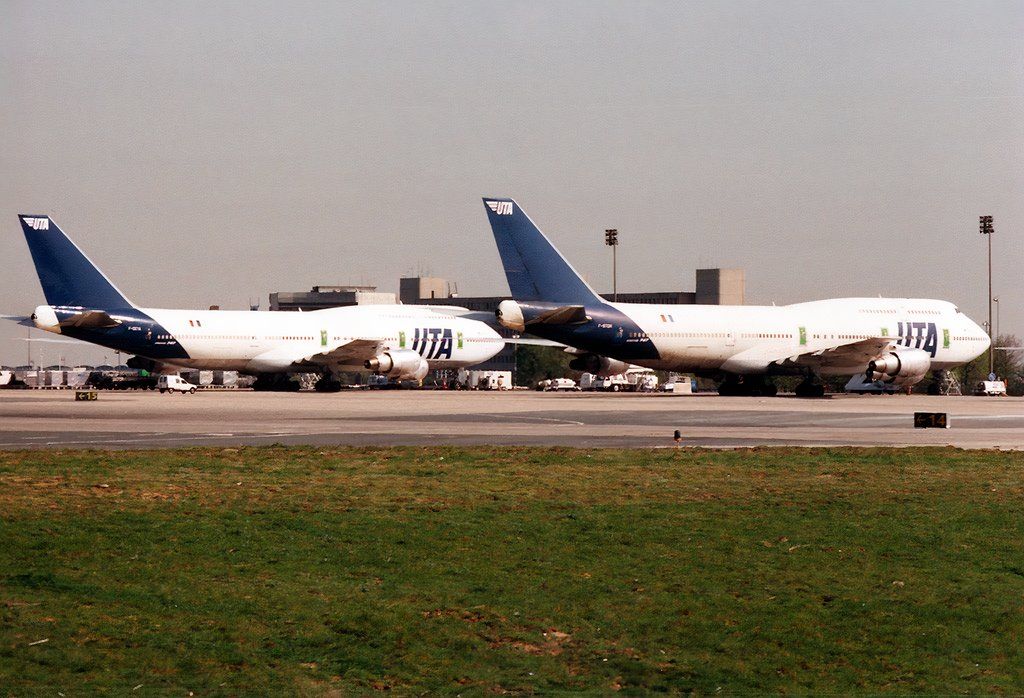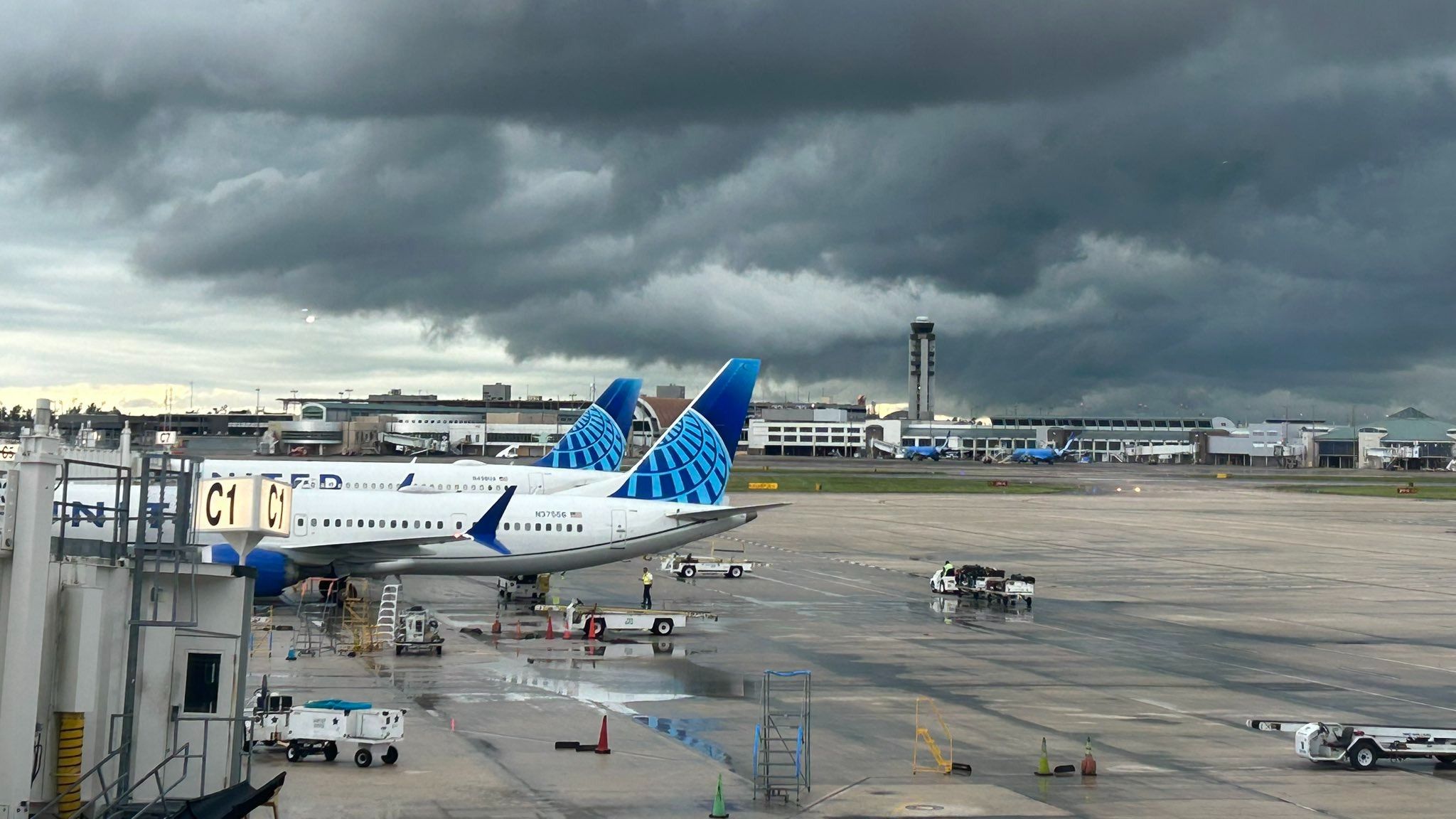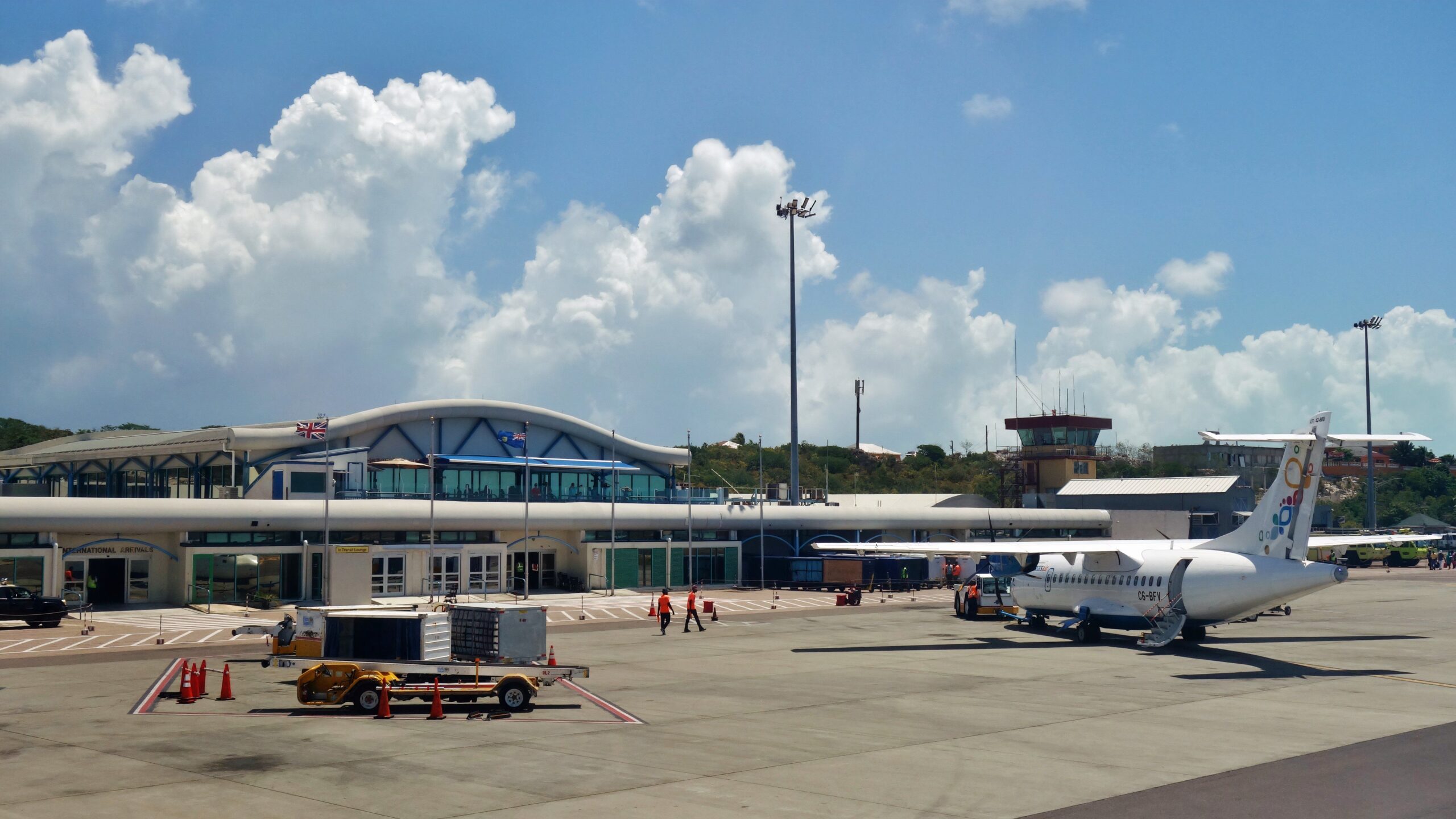Summary
- UTA, a former French flag carrier, merged with Air France in 1992, shaping France’s aviation industry.
- The merger transferred UTA cabin crew to Air France, impacting the legacy airline’s operations.
- UTA’s African destinations influenced Air France’s current network, showcasing the lasting impact of the merger.
You would be forgiven if you thought there was only one flag carrier in France; this is correct as of today. Air France showcases French savoir-être while bringing customers to and from
Paris CDG
and
Paris Orly Airport
in Paris. But once upon a time, there were two leading carriers, Air France and the Union des Transports Aériens (UTA), or Union of Air Transportation in English.
Let’s dive into the history of the little-known (outside of the French aviation scene) second airline of the Hexagon (this is the nickname French people give to their country.
The early days of UTA
In 1949, the predecessor of UTA, an airline called Aéromaritime, joined forces with Société aérienne de transports internationaux (SATI, founded in 1948) on October 13 to create Union aéromaritime des Transports (UAT).
Aéromaritime was the French state’s second attempt at a nationalized postal air service after the failure of Aéropostale, which is sometimes credited as the ancestor of
Air France
.
The capital was divided between Chargeurs réunis (40%), Air France (40%), and Jean Lombard and Roger Loubry (founders of SATI) (20%). In 1952, UAT was one of the first airlines in the world to introduce jet aircraft, with the Comet 1.
Air France entered the jet age a few years later, in 1959, with the 707.
A first merger and restructuring
In 1963, UAT merged with TAI (Transports aériens intercontinentaux, created on June 1 1946) to create the UTA group. Francis Fabre became Chairman of the group in 1969, a position he held until 1981. The company increased to become the world’s 30th-largest airline.
1966 saw the creation of Compagnie aéromaritime d’affrètement, which took over the name of Aéromaritime and became UTA’s subsidiary initially responsible for passenger and cargo flights on demand, using aircraft chartered or leased from UTA.
The merger with Air France
Although talks began in 1989 to acquire rival UTA, it is essential to note that the French state wholly owned AF. This means the merger needed approval from the French House of Representatives or Assemblée Nationale.
The green light was given in 1992 when Decree 92-1322 of December 18, 1992, officially authorized the merger between Compagnie Nationale Air France and UTA.
Photo: Petr Kovalenkov | Shutterstock
The merged company was named Compagnie Nationale Air France, and the status of a société anonyme à participation ouvrière was applied. It provides the airline with a semi-private, semi-public status, meaning that, though controlled by the state, it would be essentially managed as an independent entity.
UTA’s fleet over the years
UTA and its predecessor operated various aircraft, starting with piston aircraft in the early years, but we will focus on the fleet at the time of the merger with Air France in 1992. According to Airfleets, it was as follows:
|
Aircraft |
Number of units |
|---|---|
|
747-100 |
1 |
|
747-200 |
9 |
|
747SP |
2 |
|
747-300 |
2 |
|
747-400 |
1 |
|
DC10 |
10 |
|
Total |
25 |
While not as impressive as Air France’s 226 aircraft today, the fleet was still decent enough for a small airline, and these 25 airframes would have given AF a well-needed boost to its inventory back then.
The former network of destinations
The airline operated a notable international network across several continents.
The airline was based in Paris: first, at Le Bourget and Orly Airports, before moving to Charles de Gaulle. From there, it flew to Nice and Lyon. It is also connected to Valletta, Malta.
UTA had an extensive presence in Africa, serving cities like Luanda in Angola, Abidjan in the Ivory Coast, Lagos in Nigeria, Johannesburg, Kinshasa in the Democratic Republic of the Congo, and Harare in Zimbabwe. The airline was less present in Asia and flew to Hong Kong (Kai Tak Airport), Jakarta, and Tokyo (Narita Airport).
In Oceania, destinations included Sydney and
Papeete
(French Polynesia), and in North America, UTA is connected to major cities such as Los Angeles,
Newark
, and San Francisco.
What’s left of UTA today?
Based on my interactions with them as a fellow cabin crew member, the older workforce at Air France, particularly the cabin crew, transitioned to the
SkyTeam Alliance
airline during the merger.
The majority of them are involved in operating the long-haul fleet, although a small number have been assigned to the short-haul network out of Orly.
Photo: Telsek | Shutterstock
As for the network, it’s interesting to note that AF’s current network still reflects the legacy of UTA. Many African destinations, such as Cotonou, Niamey, and Lomé, were initially served by UTA and have remained profitable for Air France, prompting the company to retain them after the takeover. This underscores the enduring impact of UTA on Air France’s network even after all these years.
A summary – how UTA impacted the French aviation market
France’s aviation landscape was shaped by not one but two flag carriers—Air France and UTA. UTA, is lesser known today especially outside of France, yet it helped connect France to the world through its extensive international network, especially in Africa.
Although the 1992 merger of UTA left a lasting legacy on Air France’s operations by transferring many cabin crews and ground personnel from one entity to the other.
Photo: Air France
This is evident from the continuation of UTA’s routes within Air France’s network, reflecting the former’s enduring impact on French aviation.
UTA’s integration into Air France symbolizes a notable chapter in the evolution of global airline operations, evidencing how mergers can enrich network connectivity and corporate culture within the aviation sector.

